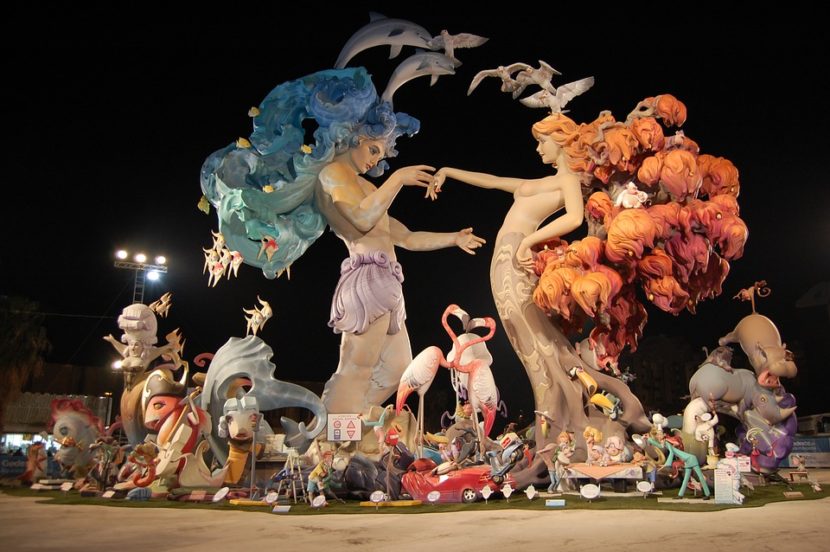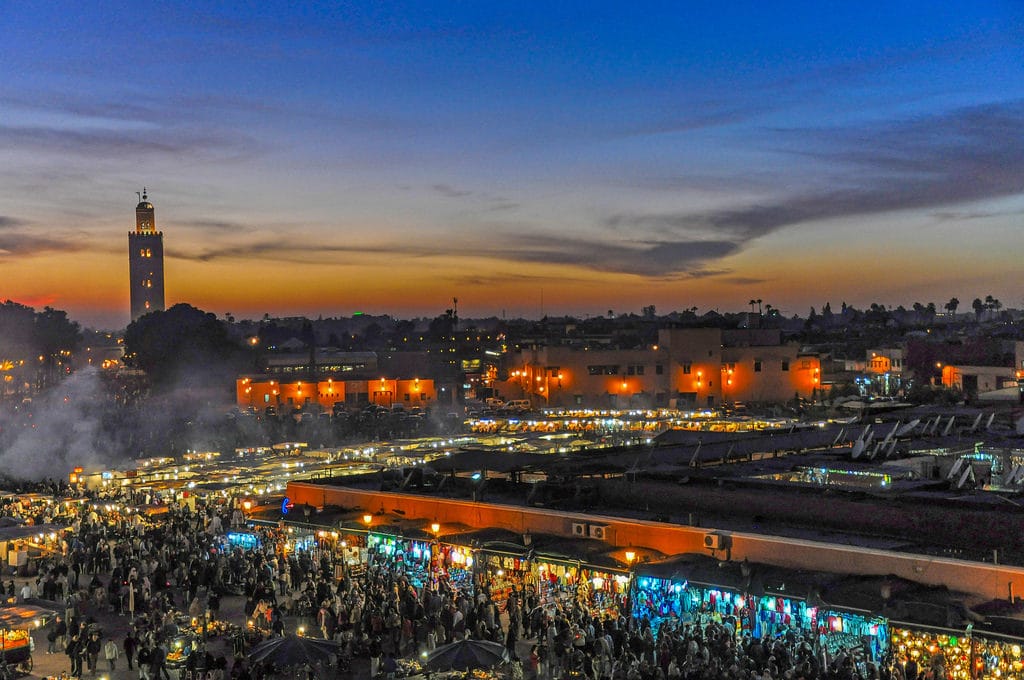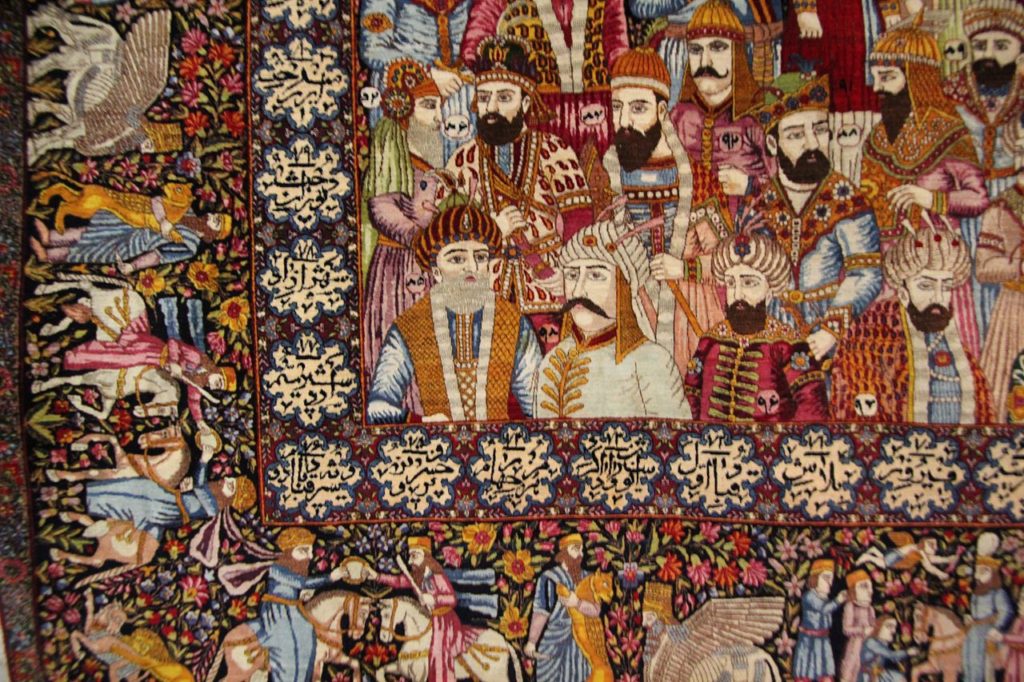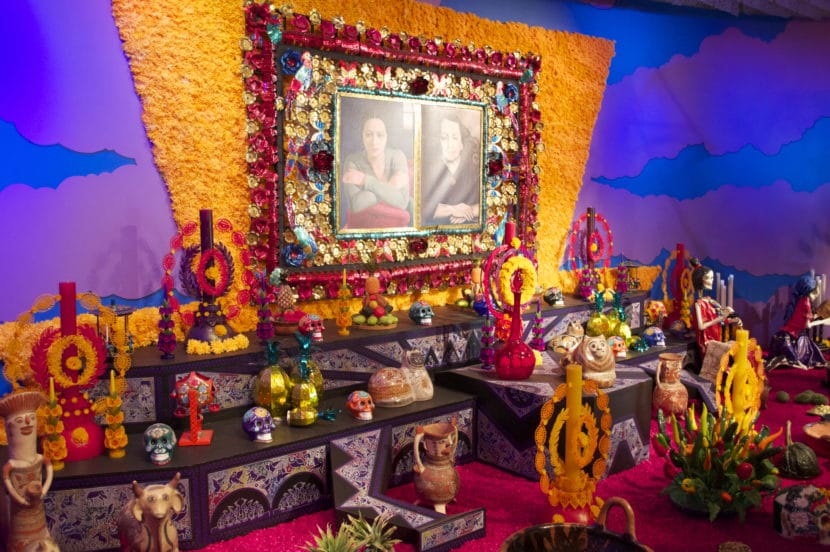
A few days ago, The Unesco committee declared the Fallas of Valencia as a new Unesco Intangible Heritage, a design that the Valencians had been asking for for years and whose campaign was supported with hundreds of little posters hanging in the streets of the city of Levante. A new example that, beyond the monuments and natural parks, tradition is another heritage to be conserved and recognized. These 10 surprising Unesco Intangible Heritage around the world they confirm it.
Peking opera
China is the country in the world with the highest number of UNESCO World Heritage Sites; 48 to be exact. A nation full of cultural corners the Great Wall or the Forbidden City and cultural heritages such as Peking Opera, a show in which plots are developed that range from romantic stories to palace intrigues in which color, ancient dialects and music give life to what is one of the the largest cultural representations of the eastern giant.
Indian Yoga

One the oldest disciplines in the world (emerged 5 years ago) has become India's most global heritage in recent years thanks to the many tools and postures (or asanas) focused on helping us achieve 'unification of mind, body and soul to improve people's mental, physical and spiritual well-being ”, reason provided by the Unesco committee for naming this philosophy as Unesco Intangible Heritage on December 1, 2016.
Jemaa el-Fna Square

Ⓒ Jorge Lascar
When reading the word "square" we might think that Unesco recognizes this place as Material Heritage, but the truth is that when the committee discovered the charm, festive atmosphere, the storytellers, snake charmers and witches who read the hand of those who approaching the most dynamic place of Marrakech, in Morocco, they were forced to inaugurate a new category, that of Intangible Heritage, whose first representative was «The cultural space of Jemaa el-Fna square».
Carpet weaving techniques

Many of you will remember the famous magic carpet of Aladdin as a representative of a vital element in the cultures of the Middle East. Tapestries of colors that shine in their houses and bazaars whose elaboration requires a lot of skill, concentration and a certain point of creativity. The design, dyeing and making of carpets in the Fars region, southwestern Iran, is the best example of this Heritage designated in 2010.
Oshituthi Shomagongo Festival
For three days between the end of March and the beginning of April, up to eight groups of the Aawambo tribe in Namibia collect the fruit known as 'omagongo', which comes from the marula tree. A fruit from the mango and cashew family with which liqueurs and jams are made and around which everyone dances, sings and recites poems at the same time as they congregate to transmit the noble treatment of this fruit to new generations.
French gastronomy

La ratouille, the onion soup, the foie gras, s. . . French food is synonymous with glamor, class and, above all, flavor. A gastronomy so charismatic that it has become its most universal French stereotype around the world, which is why Unesco named French food Intangible Heritage in 2010, being Lyon is considered the best Gallic city to enjoy all the flavors of this delicious culture.
Fallas in Valencia

The last Intangible Heritage of Spain has fallen into the famous Fallas de Valencia, a festival that takes place between March 15 and 19 in the Levantine city characterized by the construction of papier-mâché figures that can reach up to 30 meters. Burning them during the famous Cremà Baby from medieval times when carpenters burned their lamps and lamps at the end of winter.
Mexican Day of the Dead

On November 1, altars full of corncobs and photographs are erected in Mexican homes, the yellow flowers of cempasuchil They flood every corner and La Catrina, that colorful skeleton dressed in the European style, becomes the muse of a party that reinvents death by celebrating it between drinks, dances and songs. An Intangible Cultural Heritage recognized by Unesco in 2003.
Frevo
El frevo is a rhythm born in the Brazilian state of Pernambuco, more specifically in the cities of Recife and Olinda. Consisting of up to 120 different steps, the frevo It combines African roots with European rhythms such as polka, as well as samba or jazz. A fusion born of capoeira and the foreign influences that are usually danced with a colored umbrella and that is already an essential part of the Recife Carnival.
Tango
The most famous dance in Argentina and possibly in all of Latin America it is accompanied by an equally hypnotic accordion melody whose ensemble comes from influences from Italy, Cuba or Andalusia. Few have been able to resist starting to buy a rose and start the courtship that this flagship dance represents in cities like Buenos Aires.
These 10 surprising Unesco Intangible Heritage around the world they confirm the need to freeze in time traditions and cultural traits of great historical importance in the face of globalization. The best way to make eternal those dances, performances, songs and customs that have become the best exponents of a world as varied as it is universal.
Have you experienced any of these Intangible Heritage first-hand?